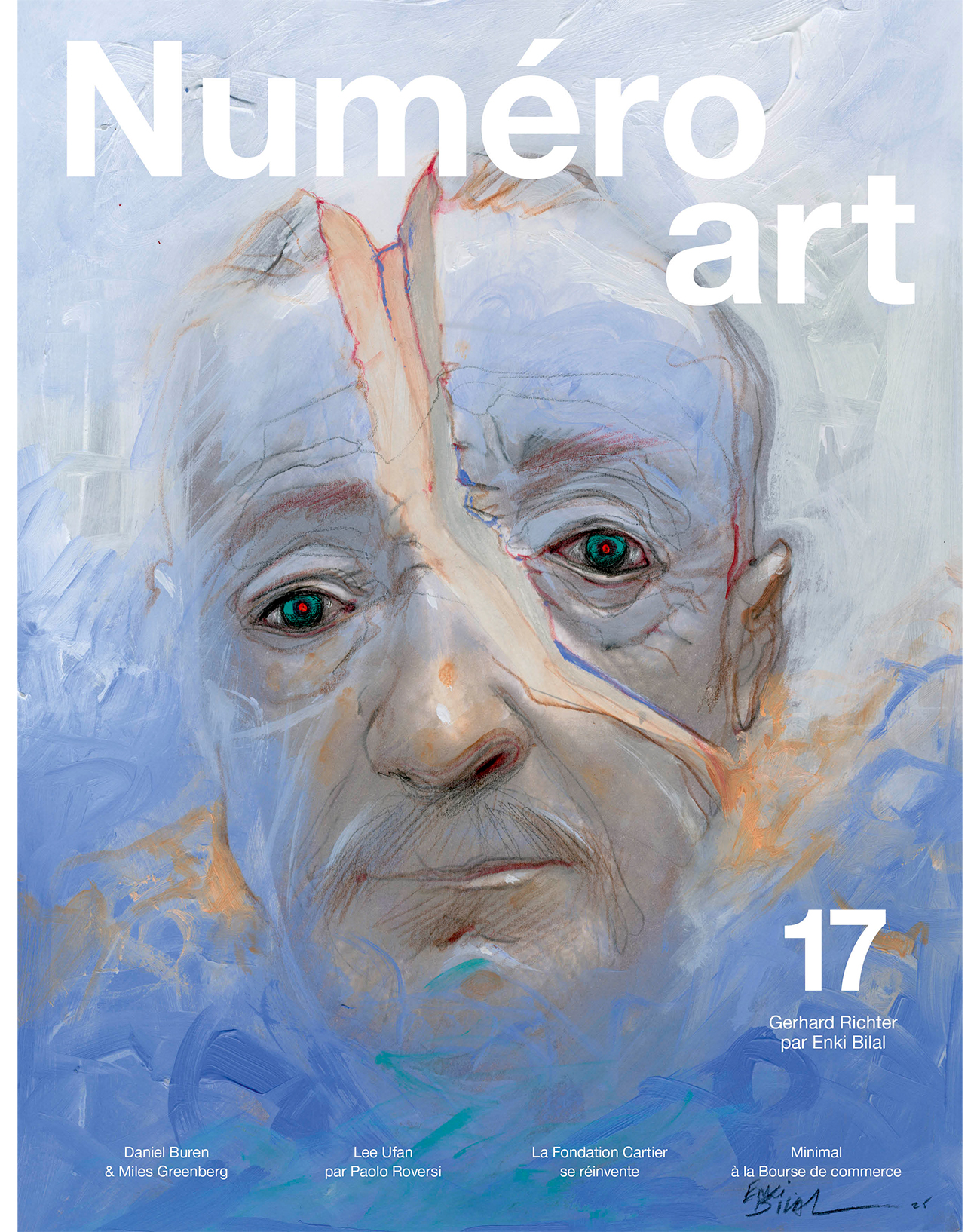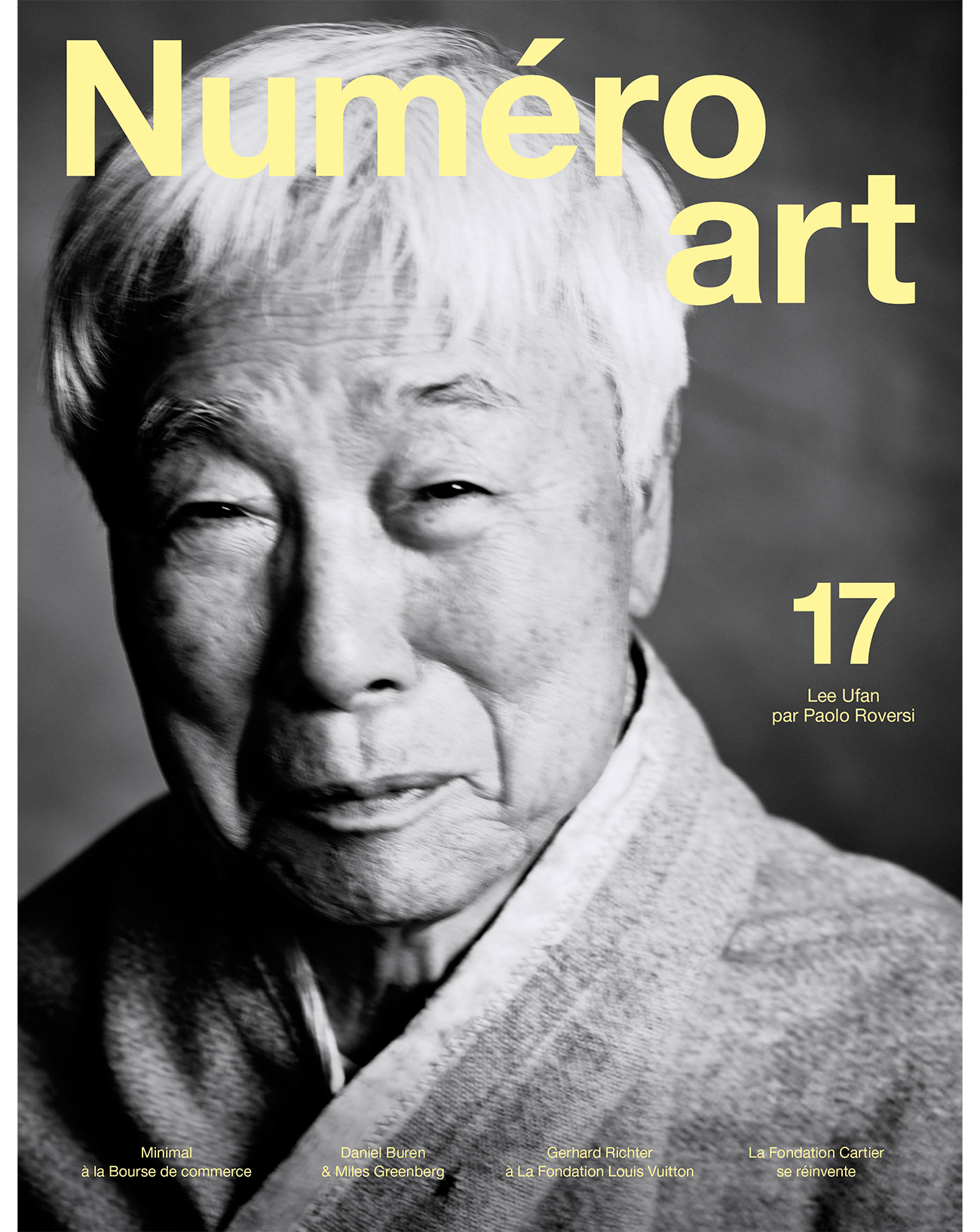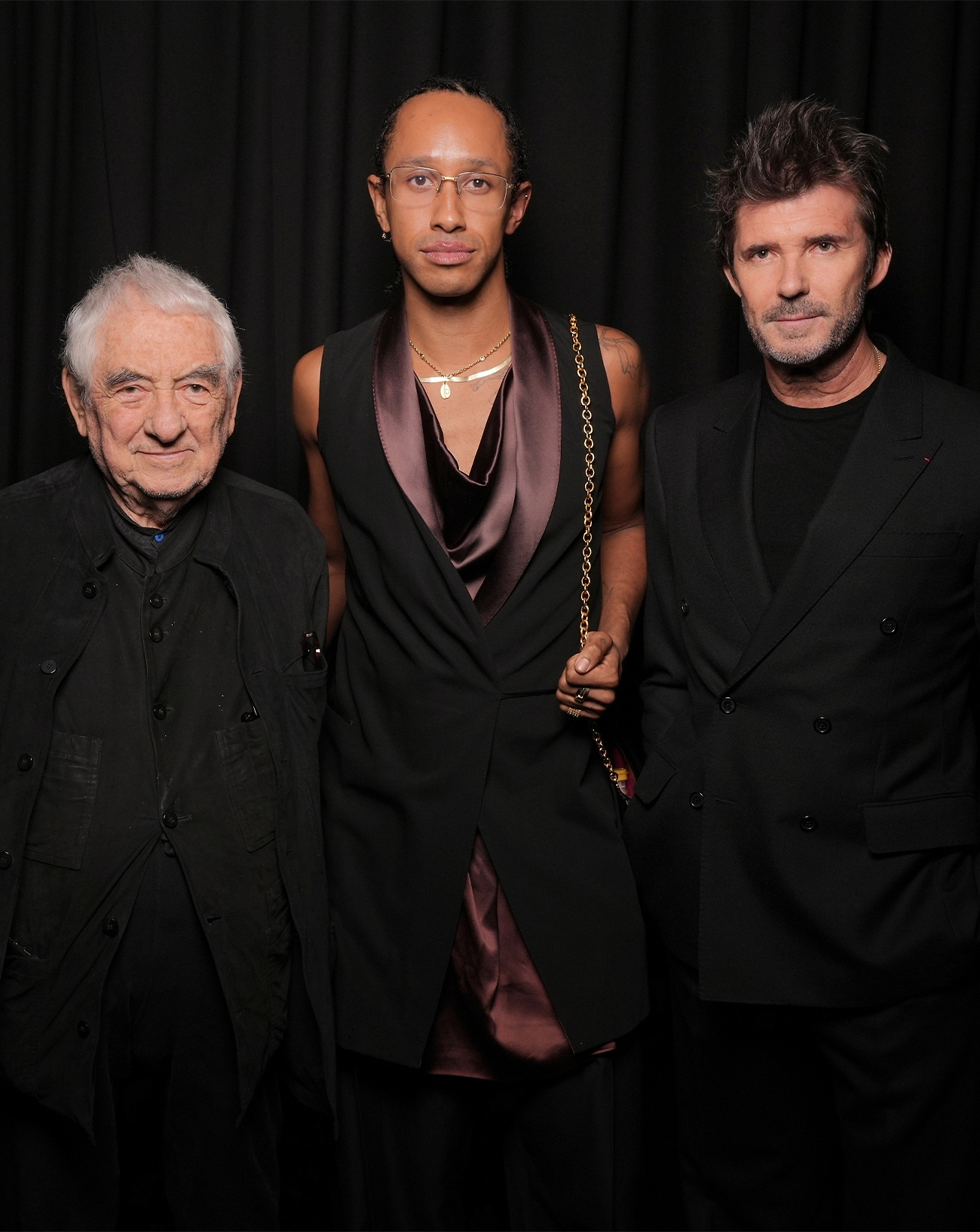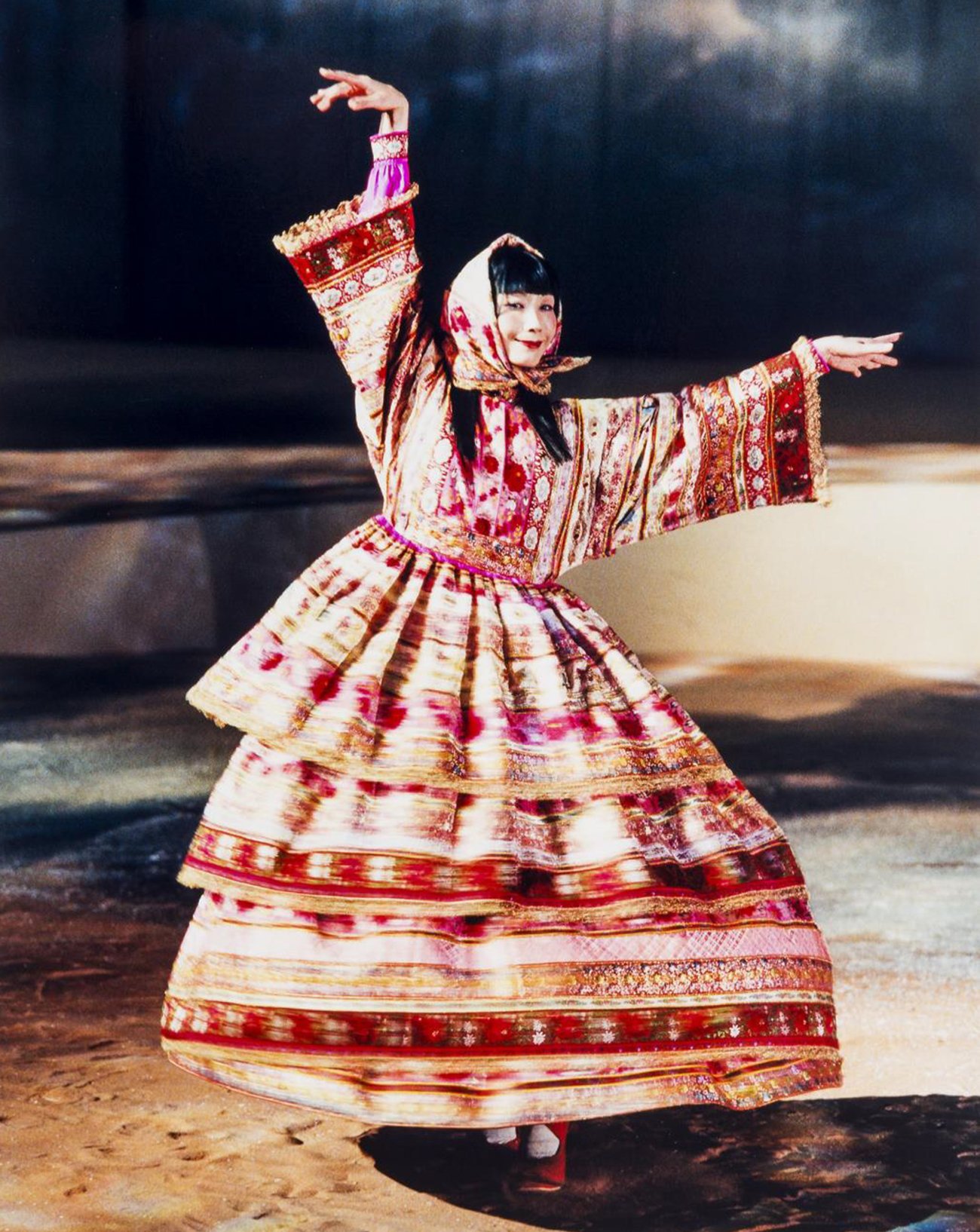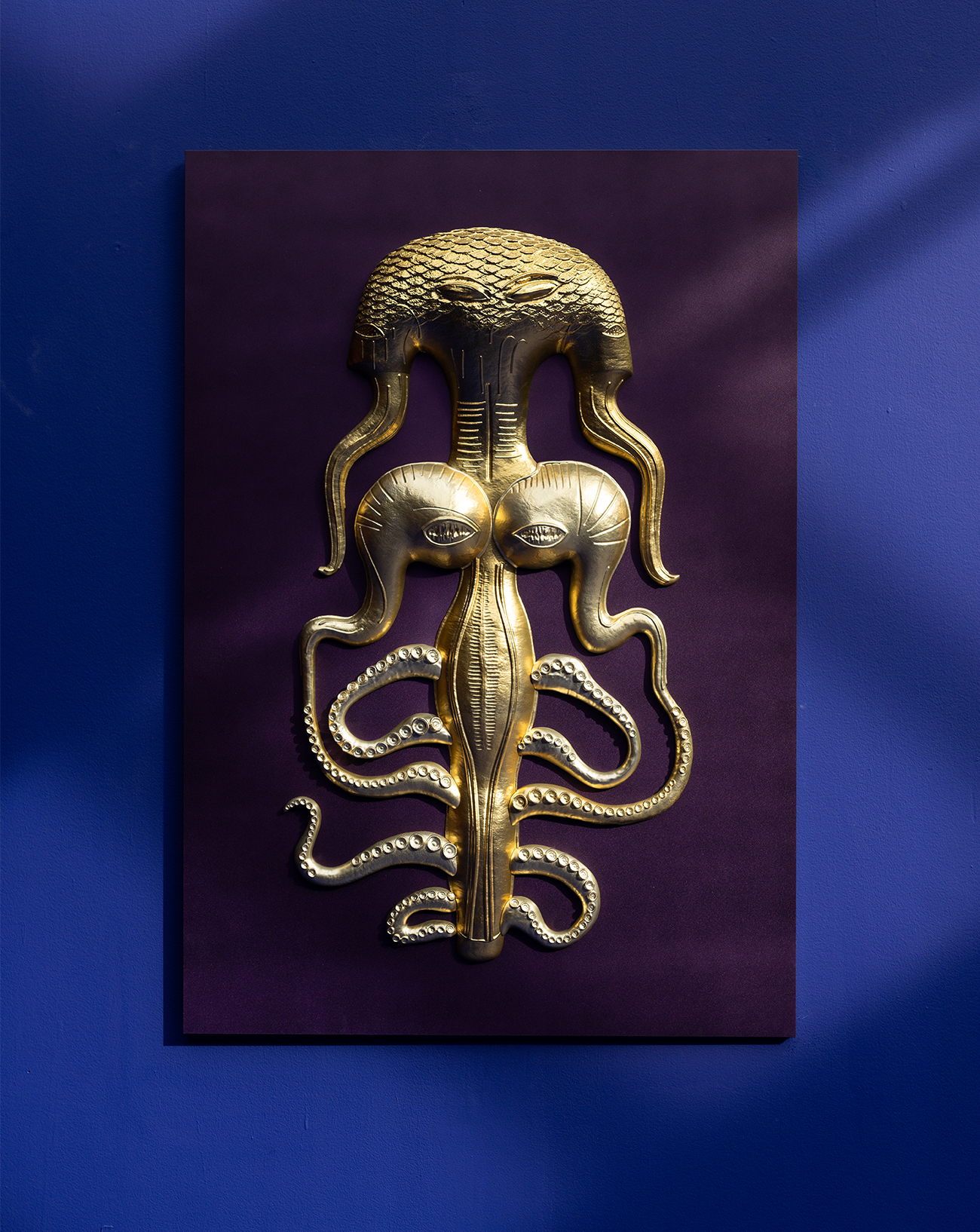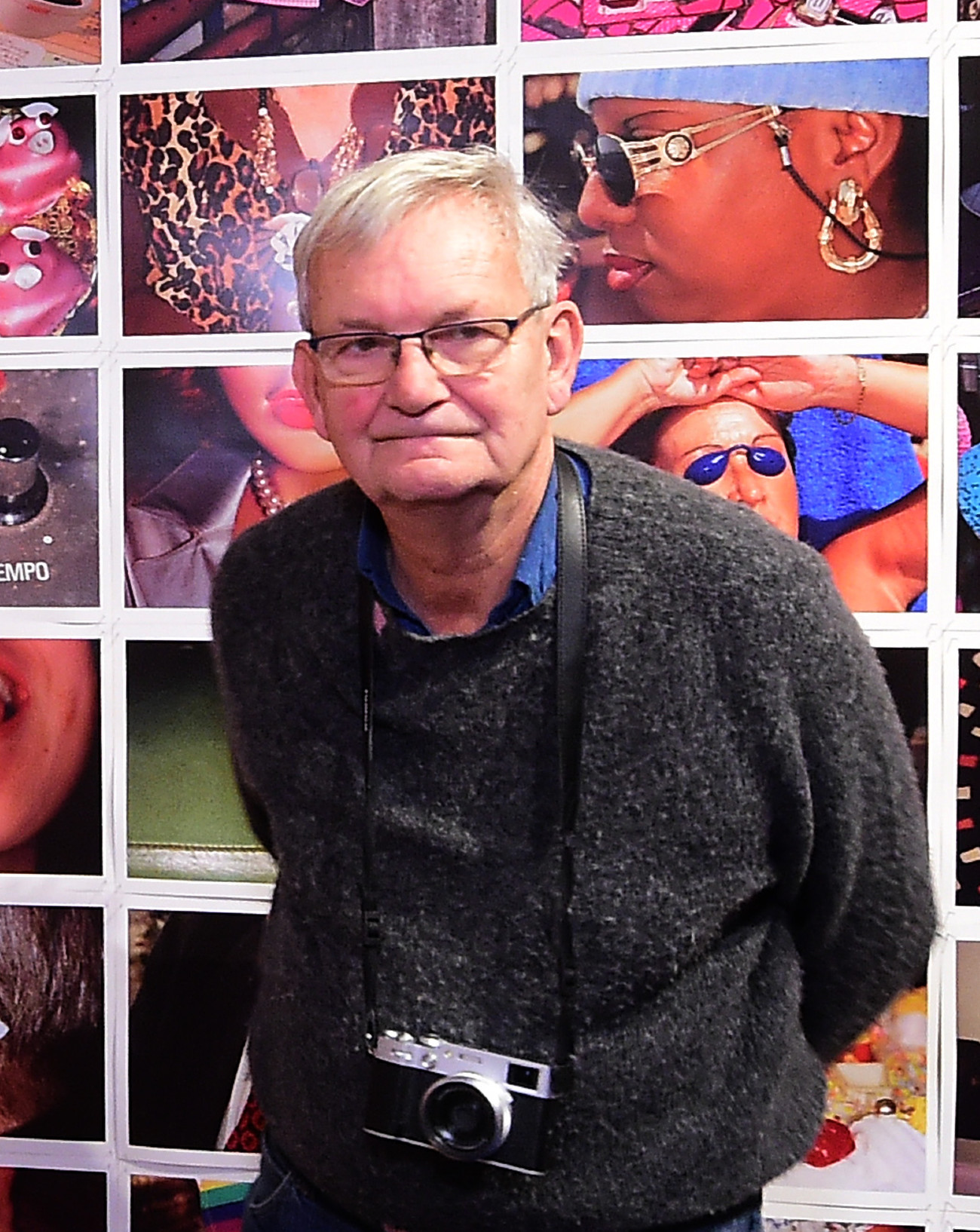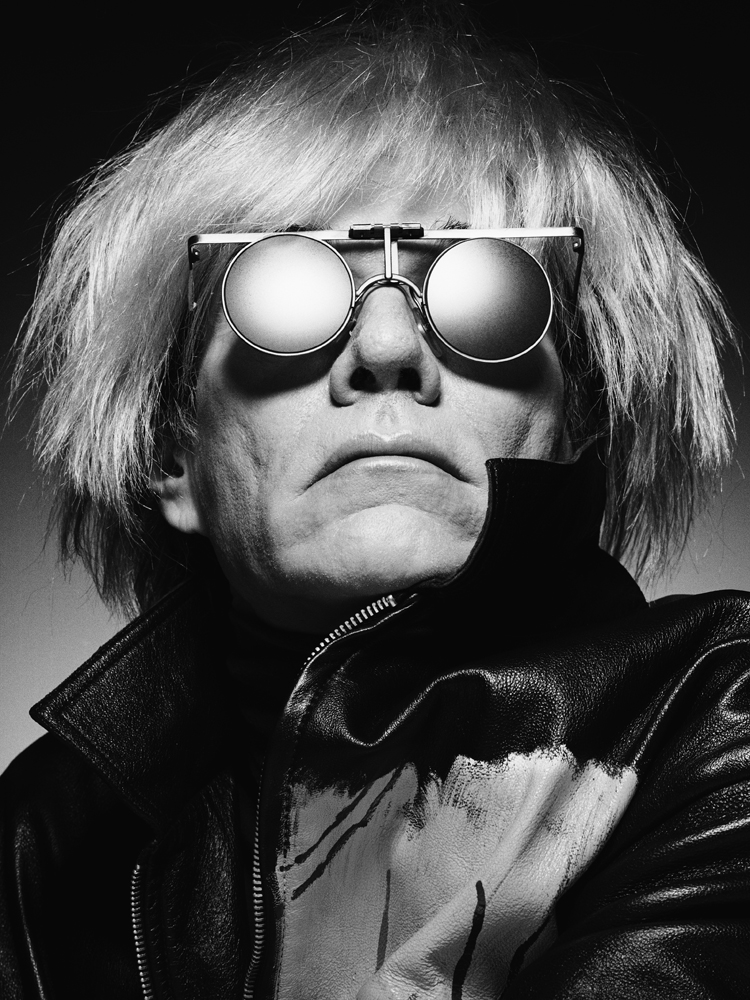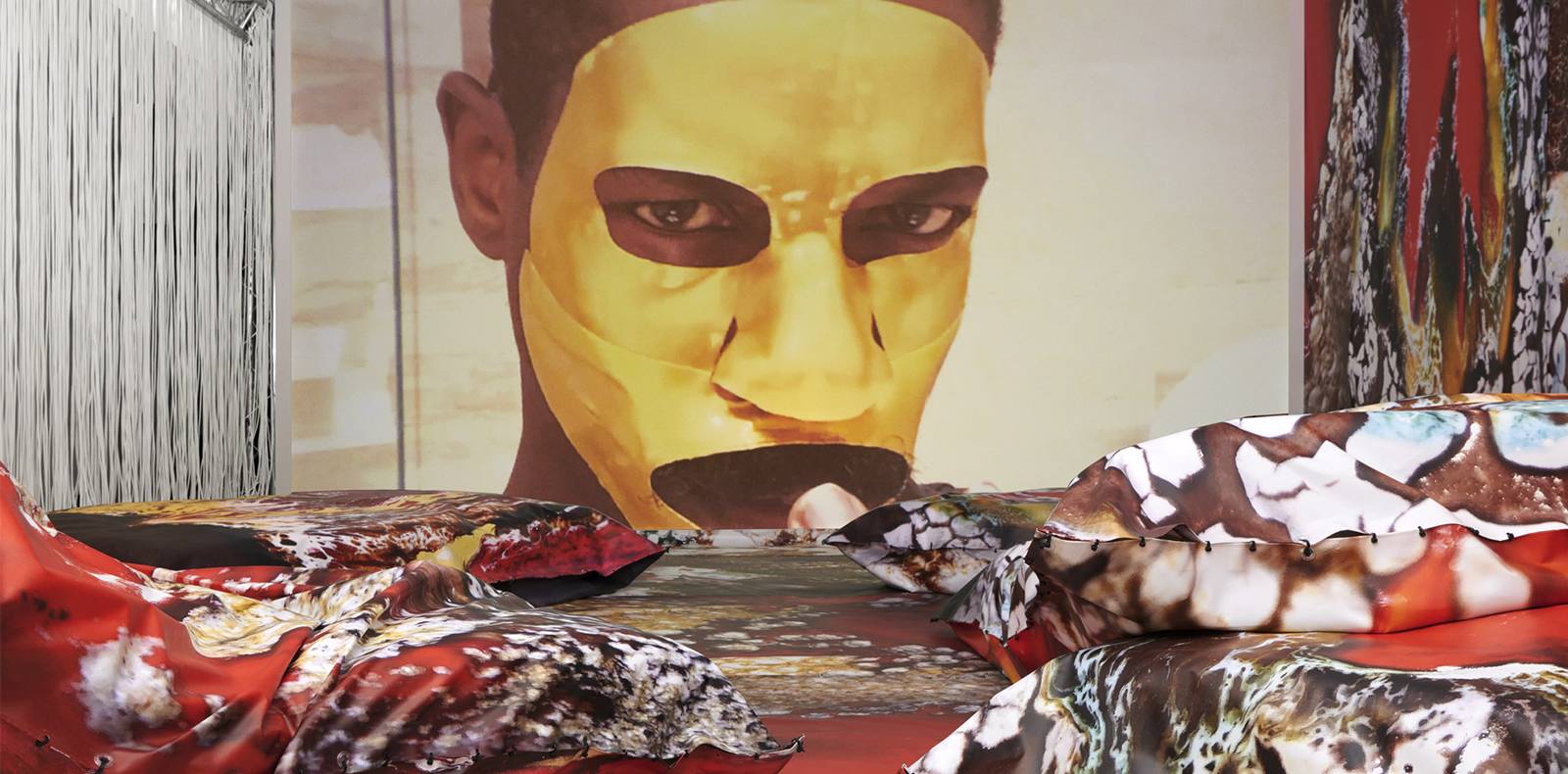
25
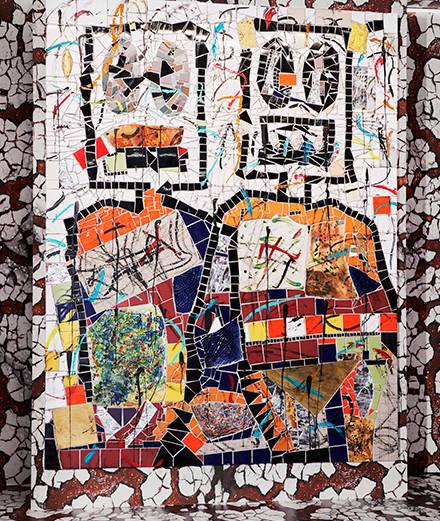
25
Kenny Dunkan at the Studio des Acacias: the first volcanic exhibition of Reiffers Art Initiatives
Reiffers Art Initiatives, an endowment fund for young contemporary creation and cultural diversity created by Paul-Emmanuel Reiffers, has just inaugurated the first exhibition of its mentorship program: “NO APOLOGIES” by French artist Kenny Dunkan, under the mentorship of world-renowned artist Rashid Johnson. A volcanic event to discover at the Studio des Acacias by Mazarine until November 20, 2021.
Published on 25 October 2021. Updated on 31 May 2024.
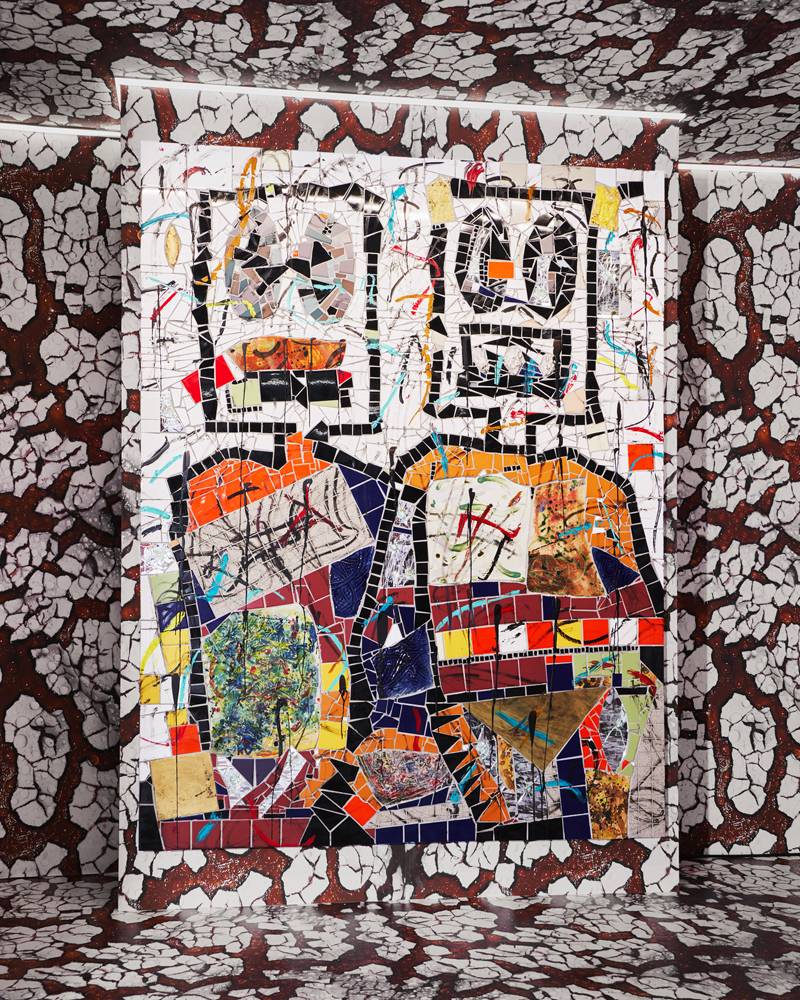
Winner of the first Reiffers Art Initiatives mentorship program, Kenny Dunkan presents a new exhibition at the Studio des Acacias by Mazarine nourished by the reflections undertaken over several months with his mentor, the African-American artist Rashid Johnson. “Because they are the reflection of his greatest possibilities,” explains Paul-Emmanuel Reiffers, founder of Reiffers Art Initiatives, France must promote at home and abroad the young talents of the plastic and visual arts residing within it, by supporting their creative expression and thus affirming the strength of its unique multicultural model. This diversity is the crucible of great inventiveness, as what is told is dense, complex and intertwined. Initiating these exchanges and revealing the new art scene is the mission of Reiffers Art Initiatives, an endowment fund for the new French art scene and cultural diversity . Our international mentoring program aims to initiate exchanges between artists, between generations, between cultures, and to bring out the talents of tomorrow. Our first mentor, African-American artist Rashid Johnson, worked alongside the young French artist Kenny Dunkan throughout 2021. Kenny Dunkan’s exhibition is the result of this dialogue. As an echo of Rashid Johnson’s approach, it bears a title as brief as it is radical, “NO APOLOGIES”. For an art without apologies or compromises, allowing its great integrity to triumph.”
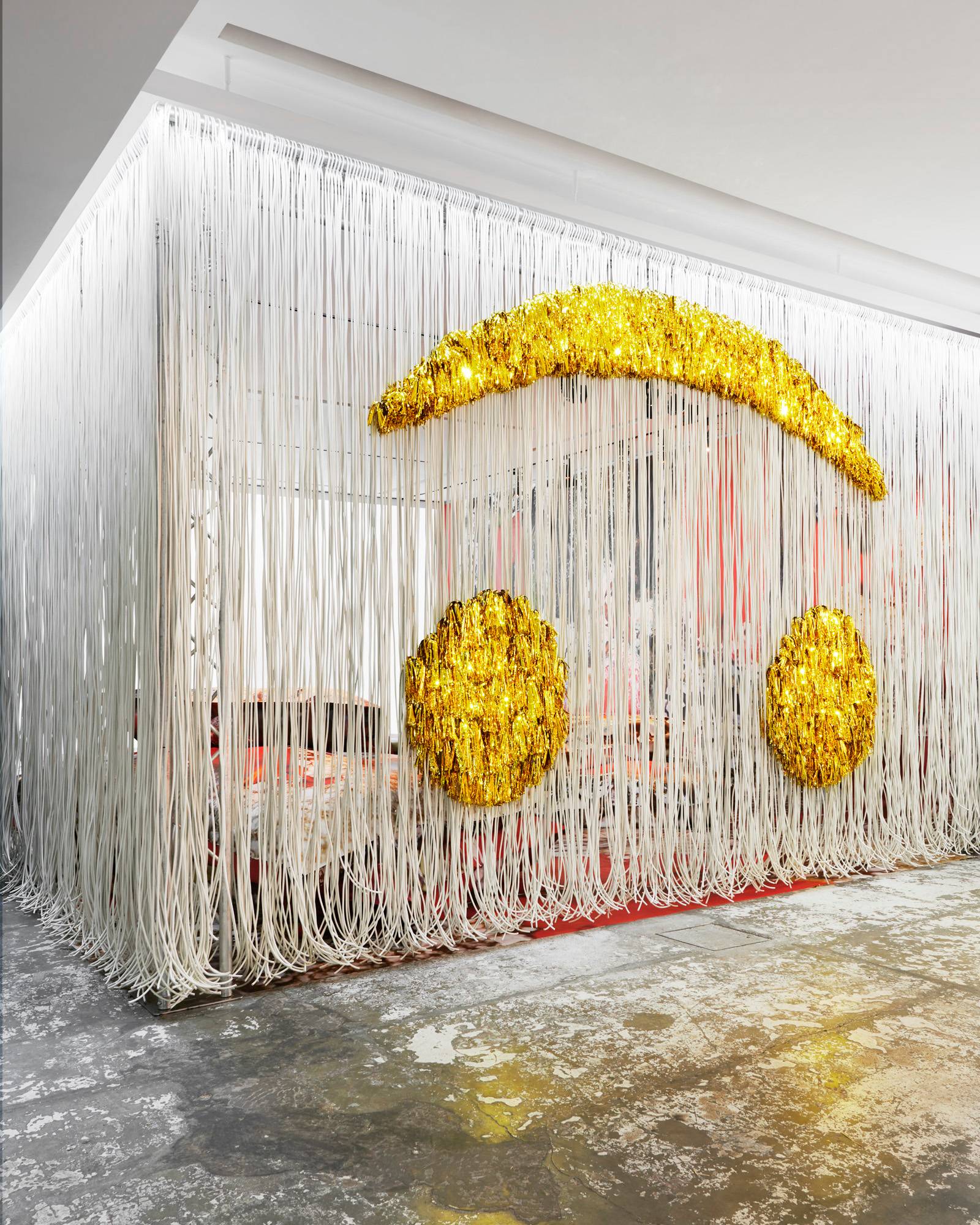
“NO APOLOGIES” draws a sensory and abundant journey within several installations constituting as many microclimates (underground, volcanic, sylvan, spiritual) nourished by the artist’s personal history : the Caribbean carnivals of his childhood in Guadeloupe, his fear of earthquakes on his native island, or the reminiscences of his private life in Paris today. Kenny Dunkan lays himself bare and, as the title he gave to his exhibition suggests, refuses to apologize or be ashamed of it.
His first installation Nou Ka Véyéw, on the street side, means in Creole : “We are watching you”. A close-up of the artist’s nostrils, this gigantic photograph evokes as much a landscape as two large eyes turned towards this district of the Champs-Élysées where the artist never felt at ease, always observed. Kenny Dunkan reverses the situation: now, he is the one who scrutinizes those who were watching him with his gigantic eyes-nostrils.
By entering the exhibition, the visitor literally enters the artist’s shoes, to experience the sensations that have gone through him. A loud breath can be heard from the door : the amplified sound of Kenny Dunkan’s own breathing. He no longer tries, as usual, to suffocate her as if his body should not inhabit the world too much. On the contrary : he fully assumes it.
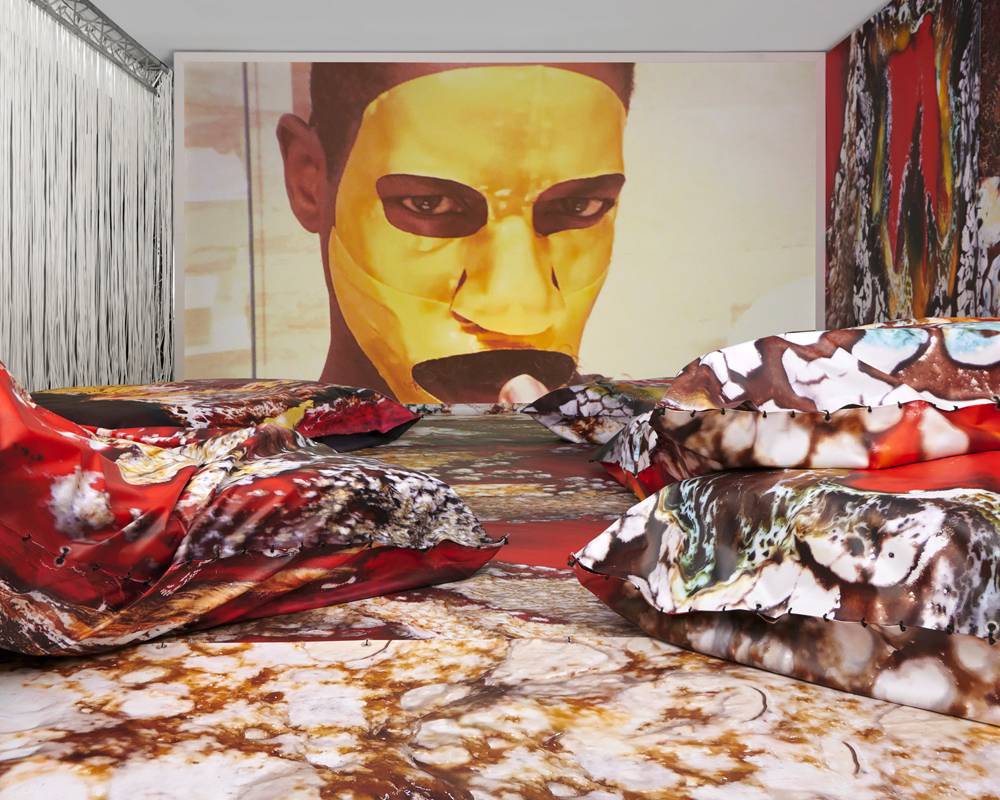
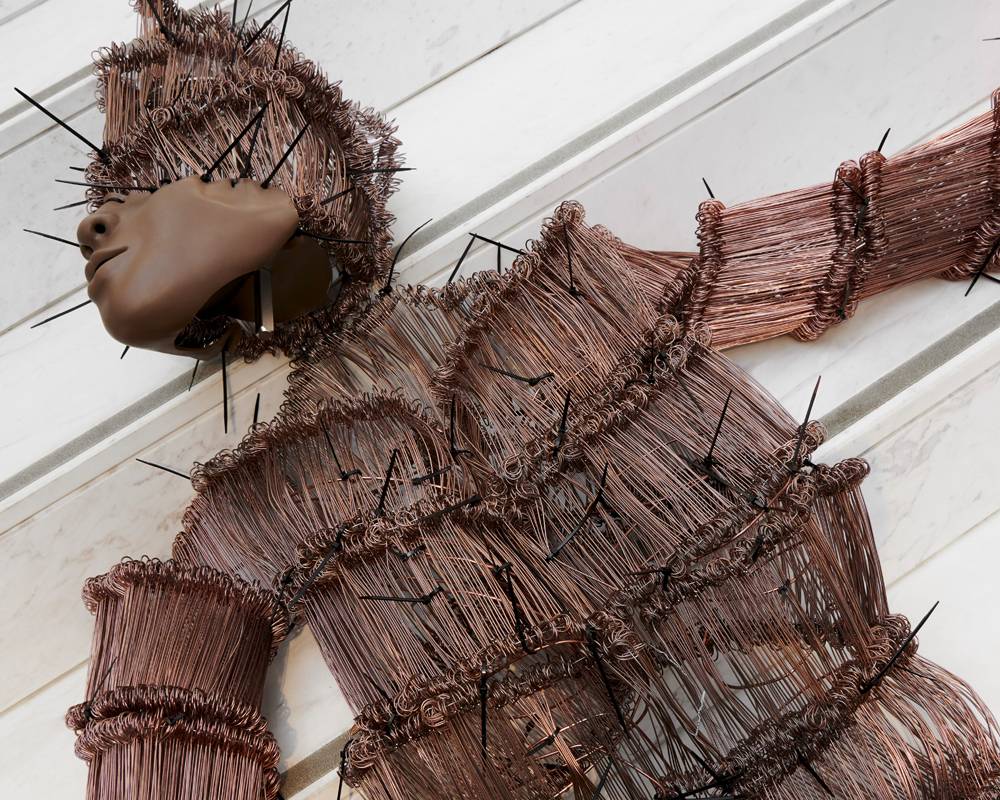
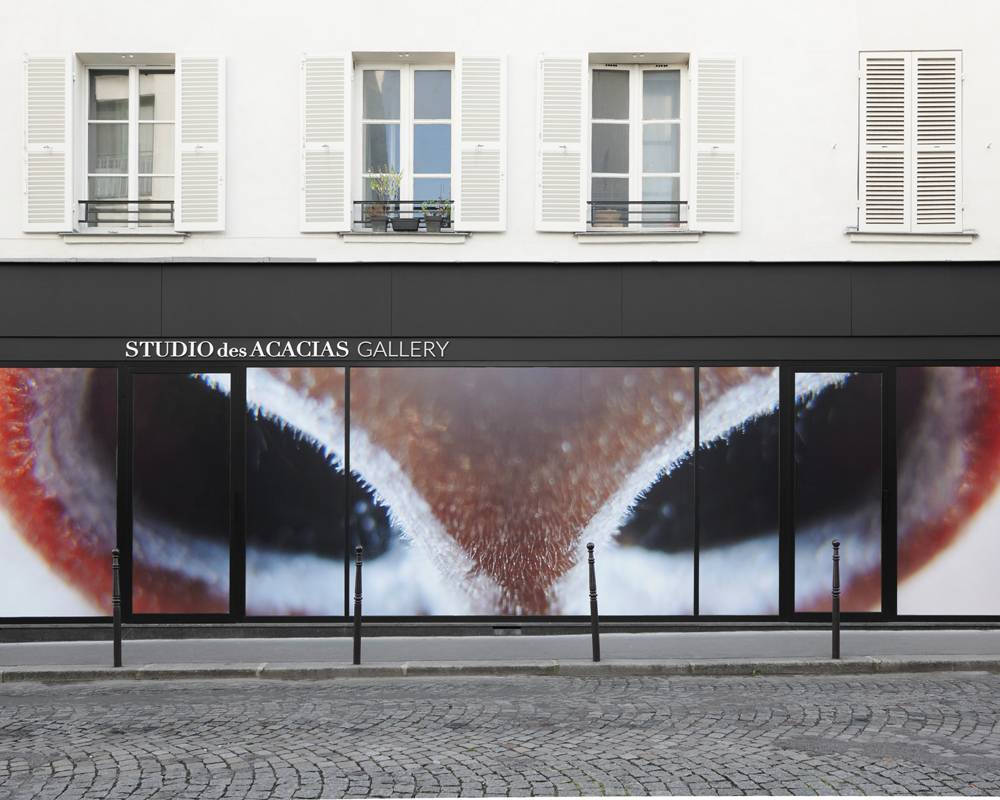
The first room is the result of a dialogue between Kenny Dunkan and a monumental work by Rashid Johnson, who was the Frenchman’s Reiffers Art Initiatives mentor for the past six months. From the famous series The Broken Men by the African-American artist, composed of hundreds of small ceramic pieces, it represents “broken” figures. A theme that inspired Kenny Dunkan to create his Cracked Clouds, which consist of a mosaic of close-up photos of a Vallauris vase. The French artist collects these ceramics, and he appreciates above all the “defects”, which appear when the vase bursts during firing. This process of destruction/creation is a direct reference to the work of Rashid Johnson… fragmented, broken, but always recomposed, in the image of the human being.
Leaving this first cave evoking the bowels of the earth, a new microclimate : a vast white structure conceals Kenny Dunkan’s VOLKAN – “volcano” in Creole – an epileptic projection on a giant screen of all the photos taken by the artist on his iPhone, from 2018 until the exhibition was set up. If Kenny Dunkan reveals all his intimacy – embracing the idea of being vulnerable in front of the public – he also questions the voyeuristic and exhibitionist logics accentuated by social networks. Covering the floor, walls, and a “volcano” shaped by the artist, a Vallauris vase motif this time evokes the heat of molten lava. The soundtrack makes the whole thing vibrate like a Guadeloupean earthquake. Amplified by the speakers, the friction of Kenny Dunkan wiping his body with a towel is transformed here into a telluric sound that makes his works resonate.
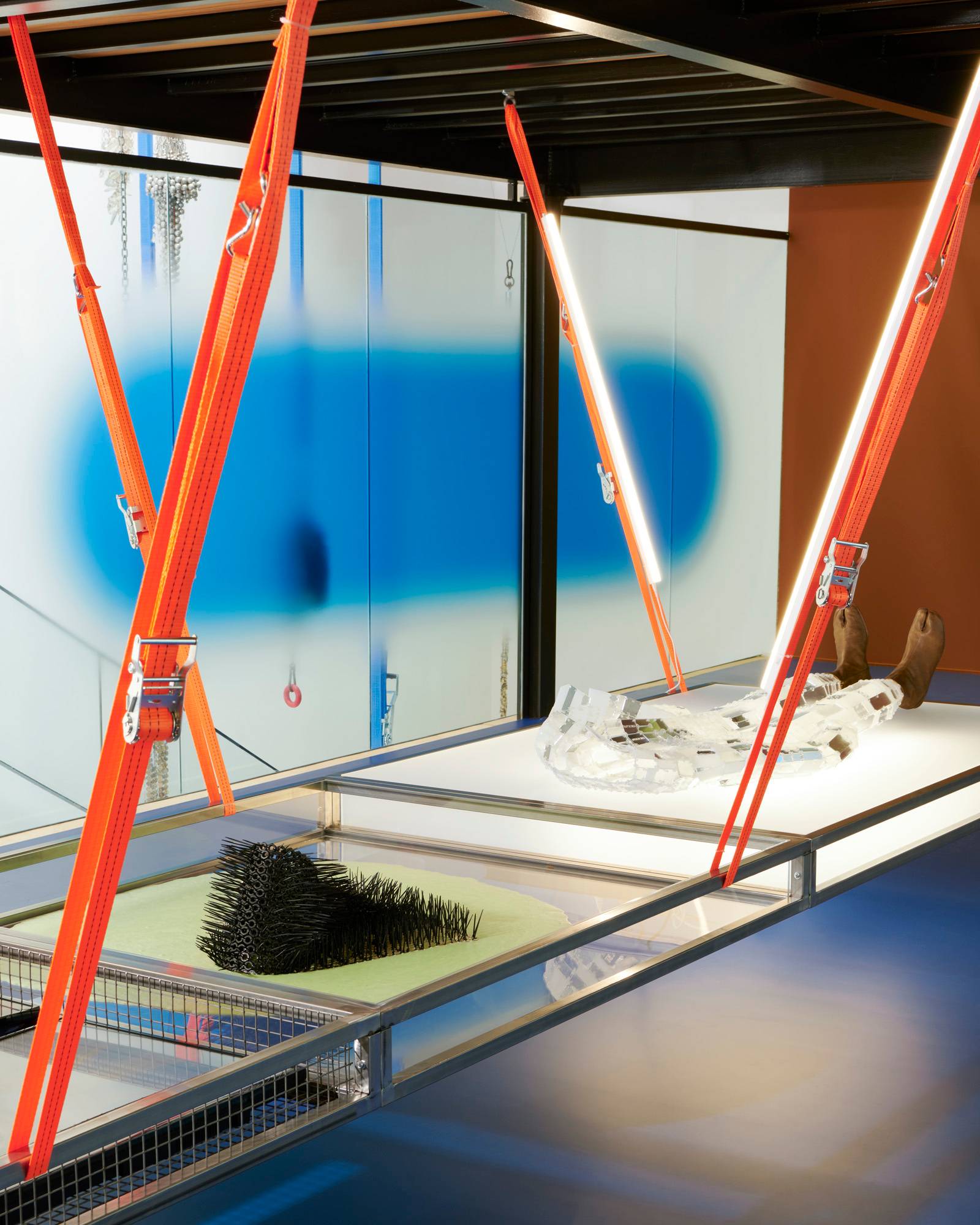
On the staircase, the artist displays a forest of charms, protective objects that have accompanied her work for many years. This “forest of beliefs” offers a set of new ambivalent sculptures, protective armors and fantasmatic, erotic, even sado-masochistic objects, waiting to be activated. The meaning of each object slides from one meaning to another, a mixture of different histories and identities, just like Creole culture. Waved by hundreds of young men to clear the street during the Caribbean carnival, the whip becomes a symbol of celebration – a reappropriation and reversal, once again, by Kenny Duncan, of a symbol of oppression. At the top of the stairs, the sculpture-body entitled Nèg Marron remains unreachable. This name was given to slaves who fled the plantations to take refuge in the heights of the mountain. Always used as an insult in the West Indies to designate a person with a “savage” manner, the term, rehabilitated by the artist, becomes here a figure of resistance.
On the first level, two recumbent figures seem to be waiting for a body to come. On the walls, two Transfers are hung. Kenny Dunkan makes them by simply wiping his skin on white towels. The melanin secreted by its black body leaves traces, forming real abstract paintings. Echoing his dialogue with Rashid Johnson in the first room, Kenny Dunkan asked the African-American artist to make himself, with his own skin and his own white towel, one of these Transfers, true contemporary shrouds.
On the top floor, remaining inaccessible to the public, Kenny Dunkan has installed a series of tropical plants spinning on themselves, visible only through the bay window. The point of arrival, open to the sky, of a journey that began in the depths of the earth.






